RAF Fulbeck

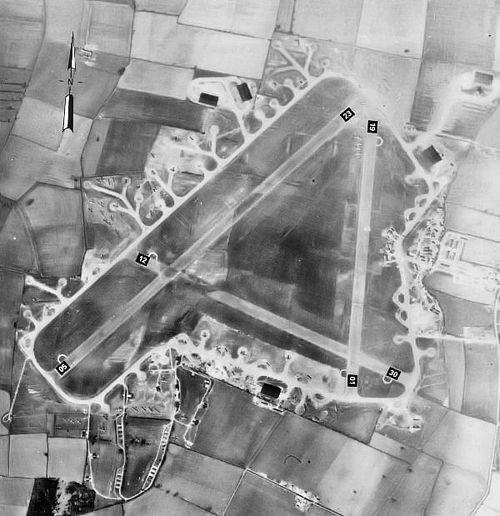
The airfield opened in late 1940 as a relief landing ground for training aircraft from RAF Cranwell. In late 1942, Bomber Command specialist training units took up residence. From April 1943 until April 1944, Horsa gliders were stored at Fulbeck in preparation for future operations.
In August 1943, Fulbeck was allocated to the US Ninth Air Force, whose aircraft were arriving in the UK from the Mediterranean theatre and from the United States, and it became a base for US IX Troop Carrier Command aircraft. The first unit to arrive was the 434th Troop Carrier Group (TCG) in October 1943, and it carried out intensive training with C-47 gliders and practice paratrooper drops. It left for Aldermaston in March 1944, and its place at Fulbeck was taken by the 442nd TCG later in the month.
On D-Day, the 442nd Troop Carrier Group flew paratroopers of the US 82nd Airborne Division to Normandy, winning a Distinguished Unit Citation for its actions. It moved to Weston Zoyland in Somerset later in June 1944.
C-47 aircraft of the 440th TCG used Fulbeck as an advance operating base for Operation MARKET GARDEN, flying paratroopers and gliders of the US 82nd Airborne Division to Nijmegen.
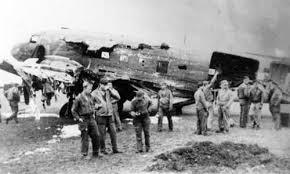
The airfield also witnessed tragedy on home soil. On 22 September 1944, C-47 aircraft Bama Belle was being loaded with equipment bundles, including anti-tank mines, when one was accidentally dropped, and a faulty detonator triggered a devastating explosion - igniting all remaining 27 mines. The blast killed three paratroopers, wounded two others and severely damaged four C-47 aircraft - two of which would never fly again.
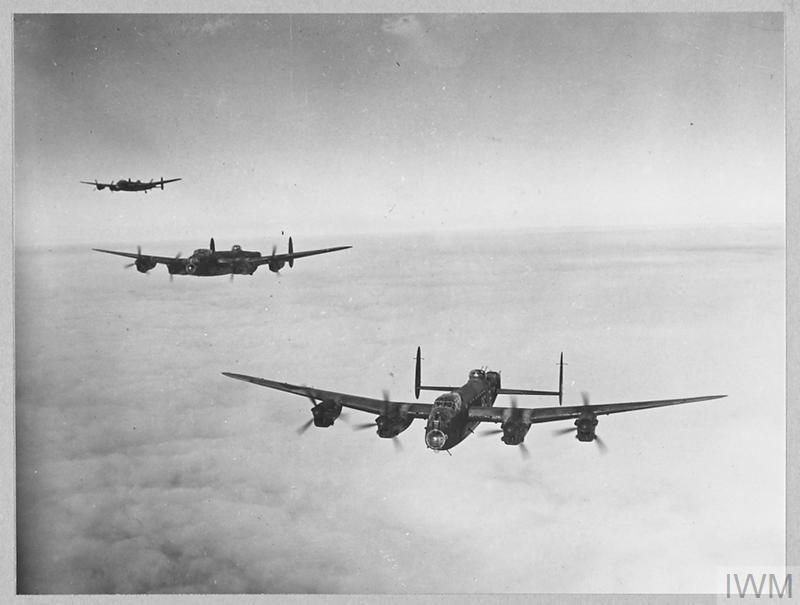
Avro Lancasters of the RAF's Nos 49 Squadron arrived at Fulbeck in October 1944, and No 189 Squadron the following month; they stayed until April 1945. (IWM CH_012353_1)
The RAF returned to Fulbeck in late September 1944, when Bomber Command’s No 49 Squadron arrived with Lancasters, and it was joined a month later by No 189 Squadron with its Lancasters. Together they carried out bombing raids until April 1945, when the airfield was reduced to ‘Care and Maintenance’ status. In the 1950s, aircraft from RAF Cranwell again used Fulbeck as a training landing ground. Fulbeck airfield was retained for many years as a military training ground but today it has returned to agricultural use.
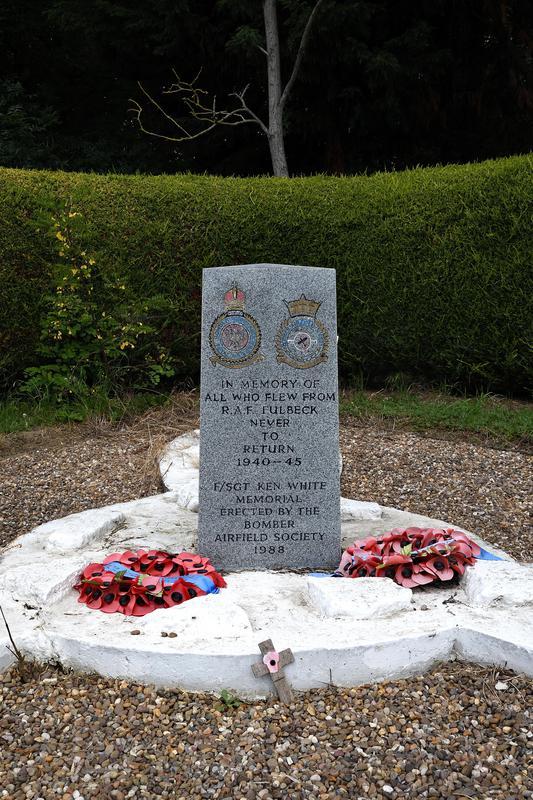
Memorial to all who flew from Fulbeck in World War II and failed to return. (Photo © Colin Murray WMR-20568)
A memorial to the RAF Bomber Command is situated by the airfield entrance. Opposite is Mannakin Hall, with its 150,000 shop mannequins in former wartime buildings.
Fulbeck village has strong wartime connections to the British 1st Airborne Division. Its commander, Major General Robert 'Roy' Urquhart, used Fulbeck Hall now a private residence and Fulbeck Manor as part of his HQ. The former stables of the Manor now house the Fulbeck Craft Fulbeck Craft Centre. The 17th century Hare and Hounds country Inn has food and accommodation, and the churchyard has a plaque near the lychgate presented by the 931st Air Refueling Group, US Air Force.
Lincoln lies to the north with its renowned International Bomber Command Centre.
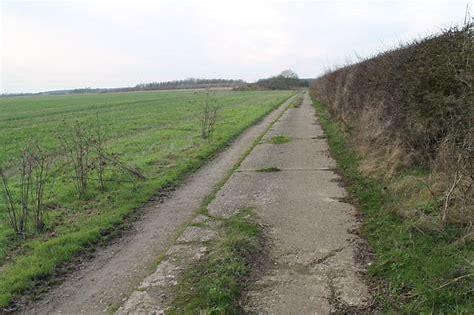
Public Access
The airfield has now returned to agriculture and leisure use, with the control tower gone and few traces of the huge airfield that once throbbed with military activity. There are traces of buildings on the eastern side of the Brandon to Stragglethorpe Road. The airfield was earmarked for burial of nuclear waste in the 1990s, but local opposition fought off the threat.